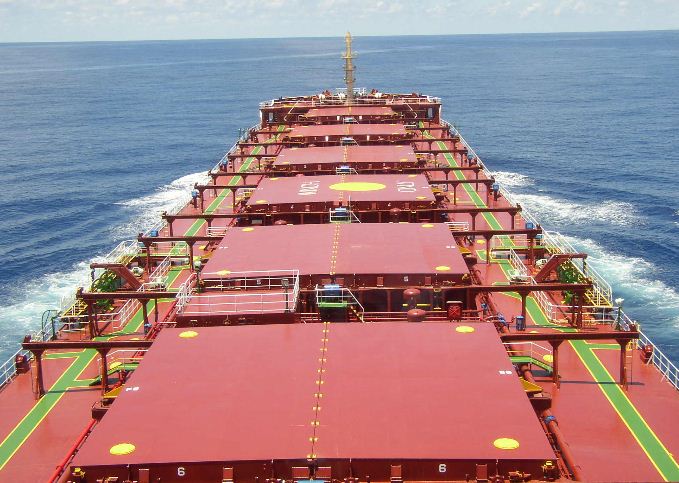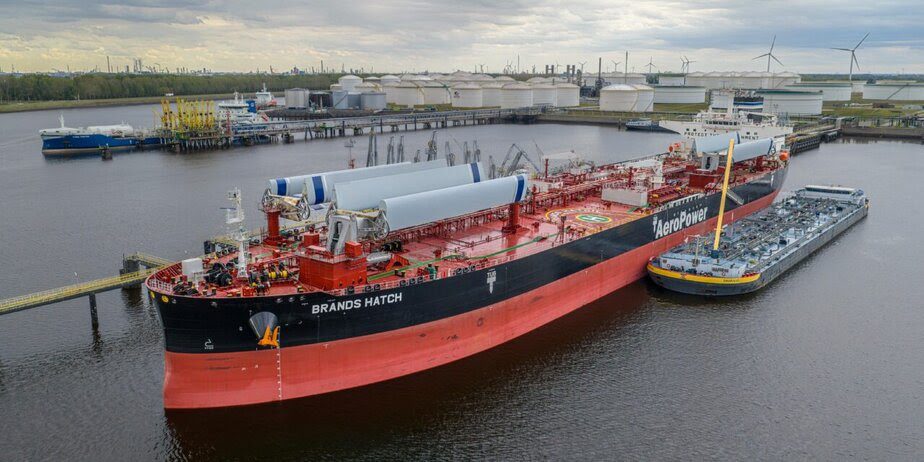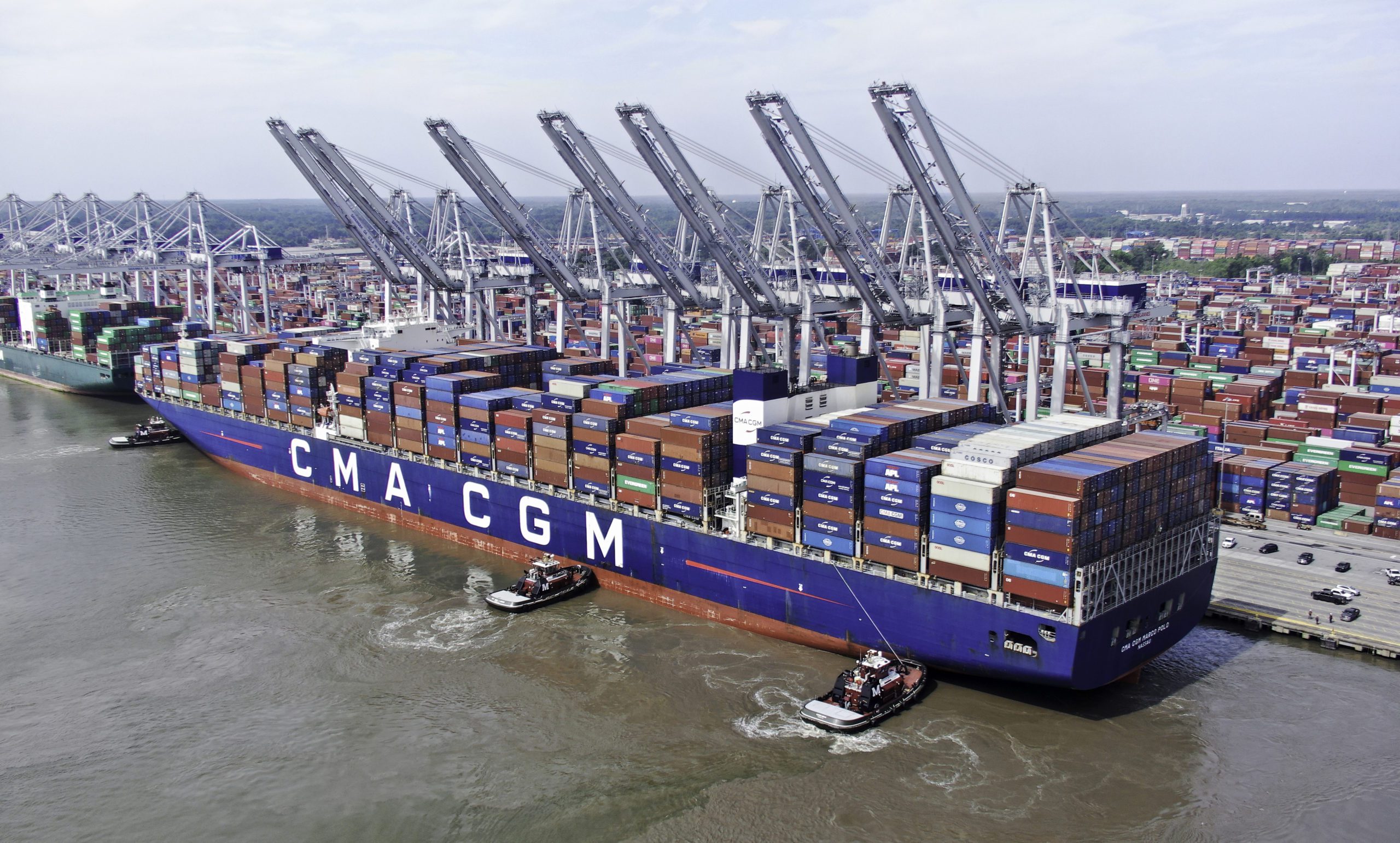(Bloomberg) Rates for ships hauling coal and grains posted the longest losing streak on record as the merchant fleet’s largest glut magnified seasonal declines in demand from South America andIndia.
Earnings for Panamaxes fell 0.1 percent to $6,078 a day, the 32nd drop in a row and the longest stretch in data going back to 1999, according to the Baltic Exchange, the London-based publisher of shipping costs on more than 50 trade routes. Panamaxes can carry about 75,000 metric tons of dry-bulk commodities.
Demand is falling as the South American grain harvest ends, according to Petter Haugen, an analyst at DNB Markets in Oslo. At the same time, regional ports are closed in India, the second-largest thermal coal importer, with the start of the monsoon season, according to Sverre Bjorn Svenning, an analyst at Fearnley Consultants A/S. The fleet is growing faster than other types of commodity carriers, according to Clarkson Plc, the world’s largest shipbroker.
“More than one Panamax dry bulk newbuilding is being delivered from the ship yards every day,” said Axel Styrman, an Oslo-based analyst at Nordea Markets. “Overcapacity is being built up.”
The Panamax fleet will grow 13 percent to 199 million deadweight tons this year, the same pace as in 2012 and more than other types of carriers, Clarkson predicts. Outstanding orders at shipyards still equal 23 percent of existing capacity, according to data from IHS Fairplay, a Redhill, England-based research company. Owners bought a record number of ships when rates rose as high as $37,099 in 2010, Clarkson data show.
Temporary Shortage
Rates were as much as $9,680 in March after demand to ship South American grains temporarily created a shortage of vessels in the region. While exports usually continue through June or July, the effect on rates may be over because ships have to be booked in advance so they can relocate from Europe or Asia, Svenning said.
Port congestion in Brazil that propelled the rally by tying up ships is starting to ease. There were 209 ships berthed, waiting or expected to load at the country’s major harbors as of June 6, down from record lines as long as 239 vessels in May, according to SA Commodities, a shipping agency in Santos, Brazil, that tracks the data.
The Baltic Dry Index, a broader gauge of raw materials shipping costs, rose 0.7 percent to 812, according to the exchange. Daily earnings for Capesizes carrying about twice as much cargo as Panamaxes rose 2.7 percent to $5,494. Rates for Supramaxes gained 0.4 percent to $9,291 a day, and Handysizes, the smallest ship type tracked by the index, added 0.5 percent to $7,761, exchange figures show.
By Rob Sheridan in London and Isaac Arnsdorf (c) 2013 Bloomberg

 Join The Club
Join The Club











